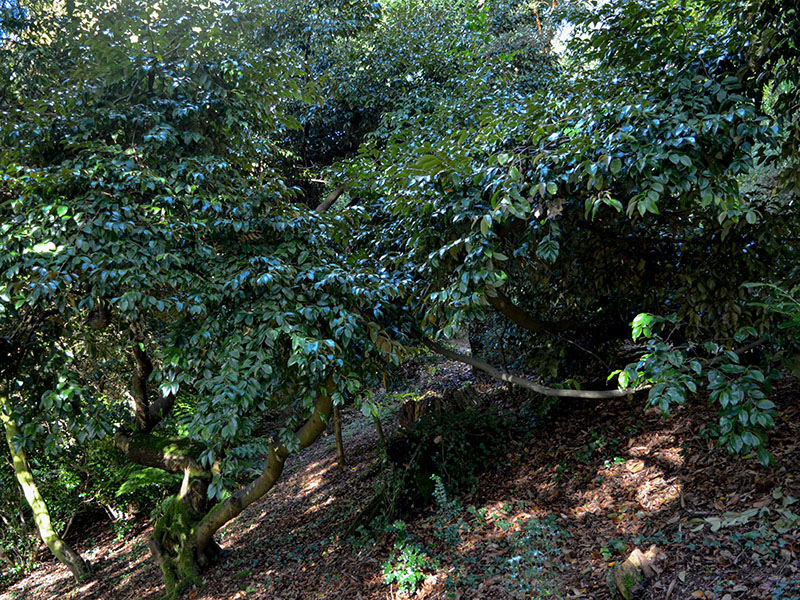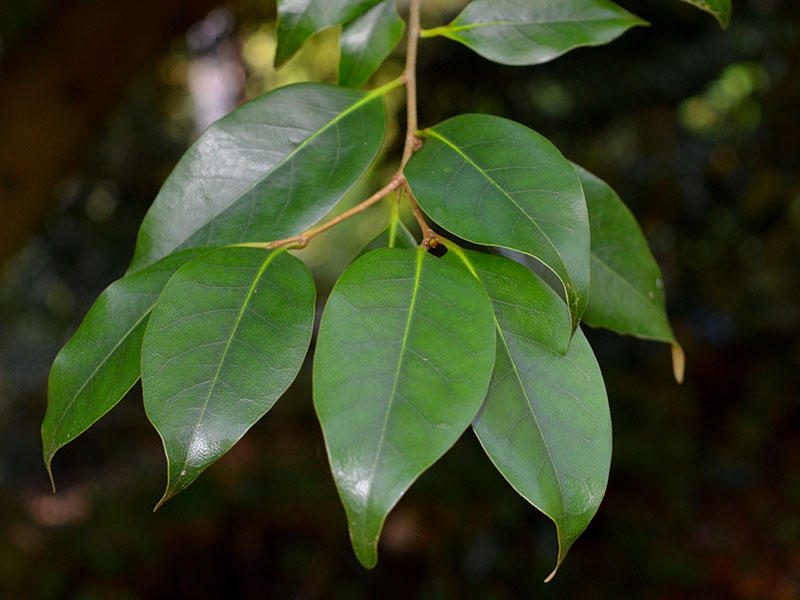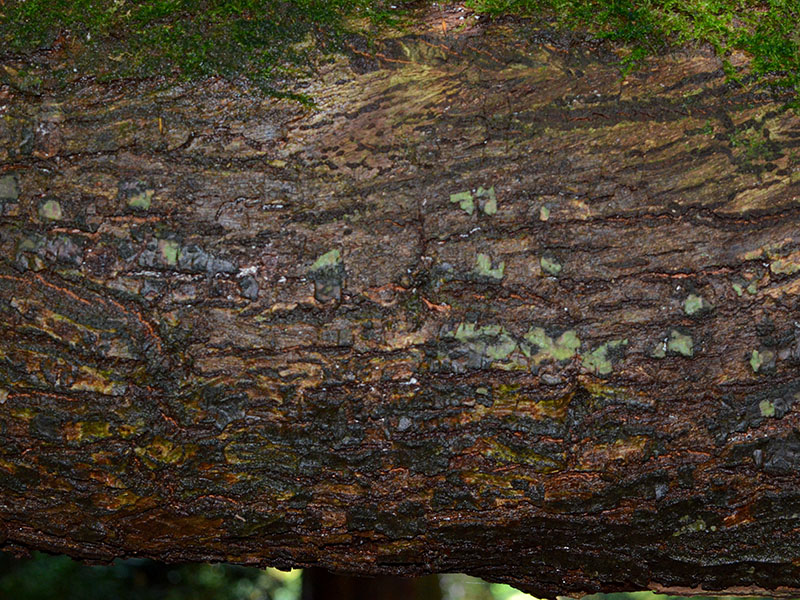
Woody > Castanopsis > Castanopsis cuspidata > Castanopsis cuspidata
Castanopsis cuspidata
Japanese chinquapin
Origin: Native to China, Japan, as well as other areas of eastern Asia.
| Family |
| Fagaceae |
| Genus |
| Castanopsis |
| Species |
| cuspidata |
| Category |
| Woody |
| Type |
| Tree (evergreen) |
| Synonyms |
| Quercus cuspidata |
| USDA Hardiness Zone |
| 6 - 9 |
| Canadian Hardiness Zone |
| 6a - 9a |
| RHS Hardiness Zone |
| H7 - H3 |
| Temperature (°C) |
| (-20) - 1 |
| Temperature (°F) |
| 4 - 34 |
| Height |
| 10 - 25 m |
| Spread |
| 5 - 10 m |
Photographs
Description and Growing Information
Flowering Period
| General Description |
| A large evergreen with pale green pinnate leaves contrasted by red-brown bark. |
| Landscape |
| The acorns can be a food source for jays, squirrels and other wildlife. The tree is an excellent landscape specimen, wherever there is room for it to reach its distinguished, robust stature. |
| Cultivation |
| Grow in a well-drained, loamy soil. Suitable for slightly acidic to neutral soil. Grow under partial sunlight. |
| Shape |
| Upright. |
| Growth |
| Fast |
| Pests |
| Insect pests may be Oak processionary moth (Thaumetopoea processionea), galls formed by gall wasps, or wood-boring beetles. Oak wilt, which is a fungus similar to Dutch Elm disease may affect the tree. |
| Habitat |
| Prefers woodlands and ravines near the coast. |
| Notable Specimens |
| Trebah Gardens, Mawnan Smith, Nr Falmouth, Cornwall. |
| Propagation |
| Commonly through seed, although the seed is recalcitrant (will not store). Seeds should be placed in a fridge for 60 days at 5°C before being sown. |


